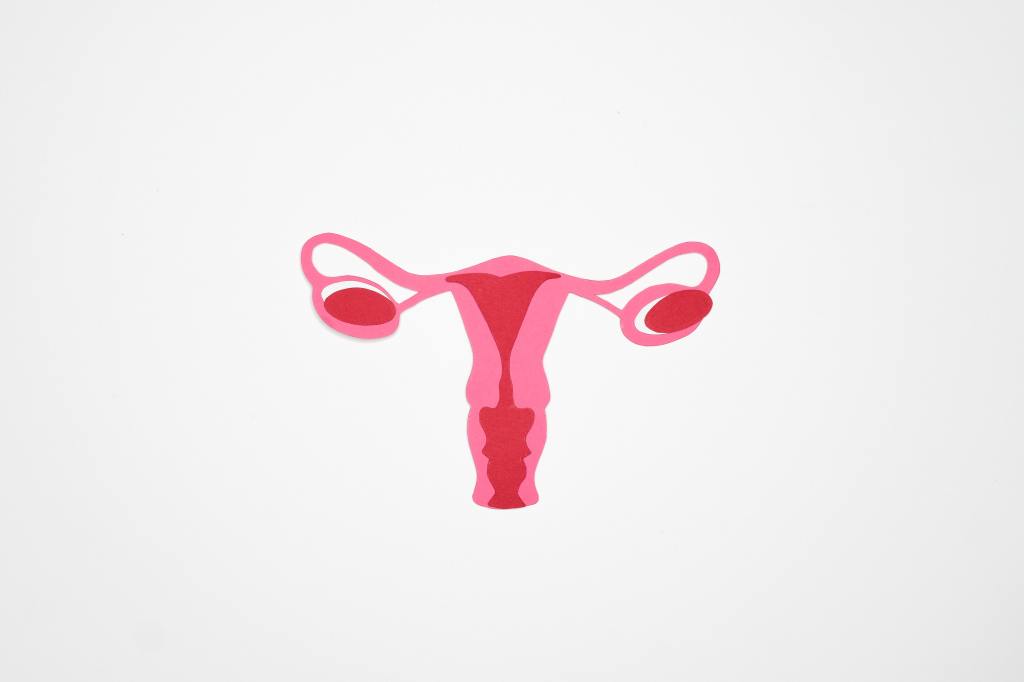
Pregnancy can be a beautiful, glowing, almost magical experience at times. Then other times, not so much; like when you are so constipated it feels like you are pooping glass. Constipation is an extremely common symptom of pregnancy thought to be caused by the slowing of the gastrointestenial tract and then pressure on the colon from the enlarging uterus. Constipation in pregnancy is extermely common and can lead to wporsening hemprrhoids and painful retctal fissures. The good news is it can usually be treated with dietary changed and medication that are safe in pregnancy.
- Drink your water. Your body needs moisture to process the waste of your colon, so getting adequate fluid intake is goal number one. If you struggle with constipation you should aim for 60-80 oz of water a day.
- Eat more fiber. Adults should aim for 25 g of fiber a day in their diet. Common food sources of fiber include:
- Fiber cereal (Kellogg’s Brans Buds has the most fiber that I have found)
- Oatmeal, chia seeds, quinoa
- Berries (specifically raspberries)
- Almonds
- Dates, prunes, prune juice
- Beans, lentil, chick peas
- Take a fiber supplement or can use this do-it-yourself version that has been studied in pregnancy and works well:
- Mix together and take 2 tablespoons twice a day
- 1 cup unprocessed wheat bran or millers bran
- 1 cup applesauce
- ¼ cup prune juice
- Mix together and take 2 tablespoons twice a day
- Exercise. Exercise is good for most everything, including your colon. It is recommended to get 30 minutes of aerobic exercise a day during pregnancy. Walking, jogging, elliptical or whatever your cardio or choice. The goal is an exertion level of 6-7, so exercising to the point you are breathing heavy but not to the point that you cannot talk.
- Coffee. It is considered safe to have up to 200 mg of caffeine a day, so if coffee helps you go, then that is still an option.
- Docusate sodium (Colace) 100mg ; 1-3 daily
- Polyethylene glycol (Miralax)
- Stool softeners: You can take stool softeners daily throughout pregnancy if needed. If you struggle with constipation you likely will want to start on these daily and not wait until you have severe symptoms.
- Laxative: If you have tried all the above and you are still struggling, Magnesium Hydroxide (Milk of Magnesia) is another option. Warning this medication may cause more cramping and a more “aggressive result”.
If you try these options (you can also combine them) and still are not getting relief; then talk to your doctor, as their are prescrition strength options as well for constipation if needed.



